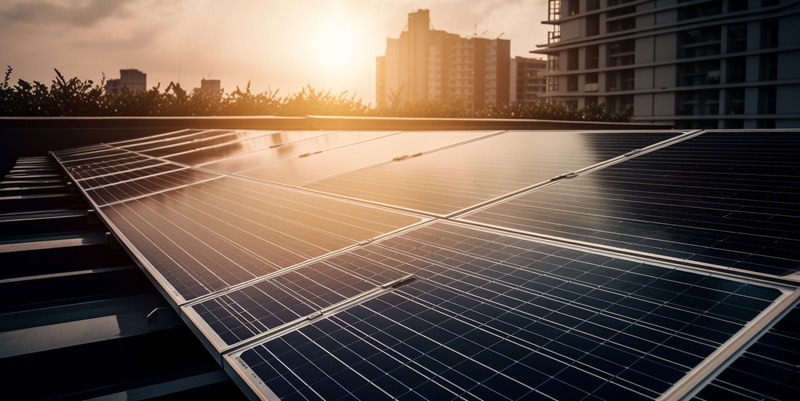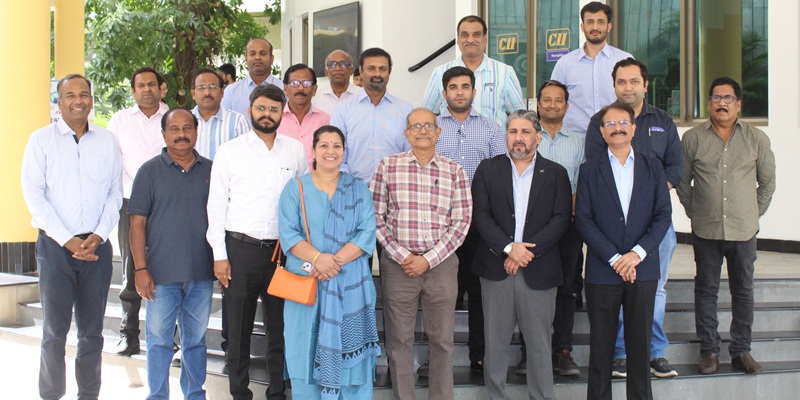Schedule a Call Back
Budget 2025: Energy sector highlights and reactions
 Industry News
Industry News- Feb 03,25

Related Stories

Aimtron Secures Rs 1 bn ODM Deal with Leading US Infrastructure Firm
Aimtron, an Electronics System Design and Manufacturing (ESDM) company, has signed a Rs 975.5 million ODM deal with a US infrastructure leader to develop advanced, transformer-free UPS systems for g..
Read more
Cooper Corporation & Sinfonia Technology Launch India’s First CPCB IV+ LPG Genset
Cooper Corporation and Sinfonia Technology (Japan) announce the launch of India’s first CPCB IV+ certified 10 kVA LPG genset, marking a strategic partnership focused on advancing clean energy solu..
Read more
MSMEs: Backbone or Bottleneck?
Finance remains the most pressing of these challenges. As noted by the Lok Sabha Standing Committee on Finance, India’s MSMEs face a staggering credit gap of Rs 20–25 trillion.
Read more












